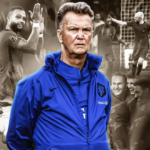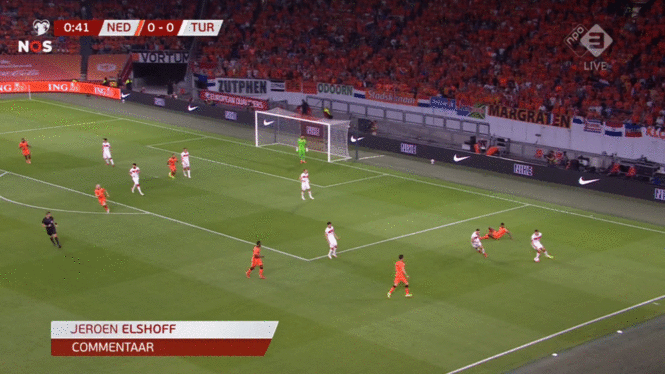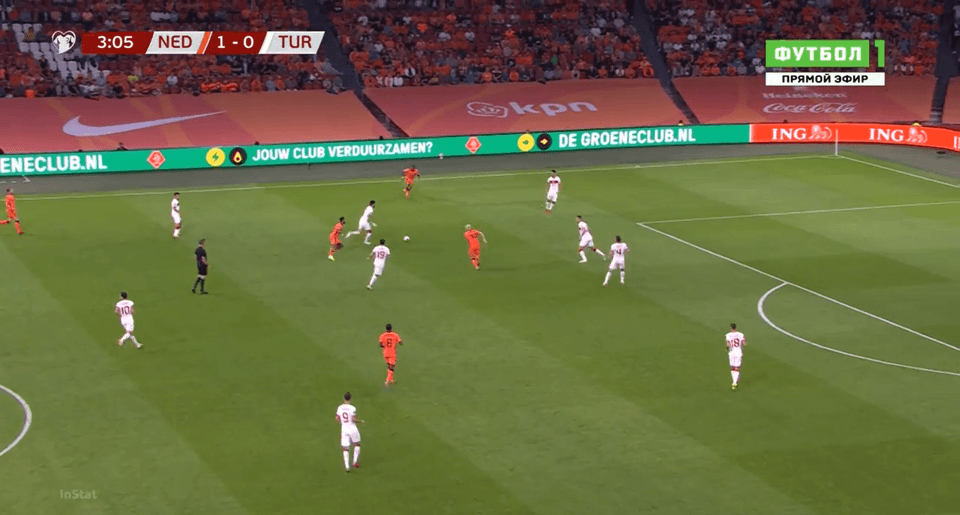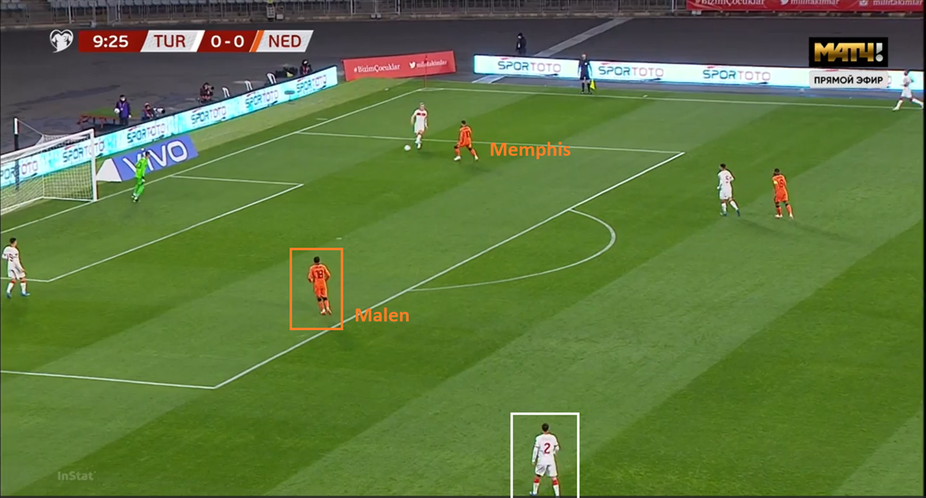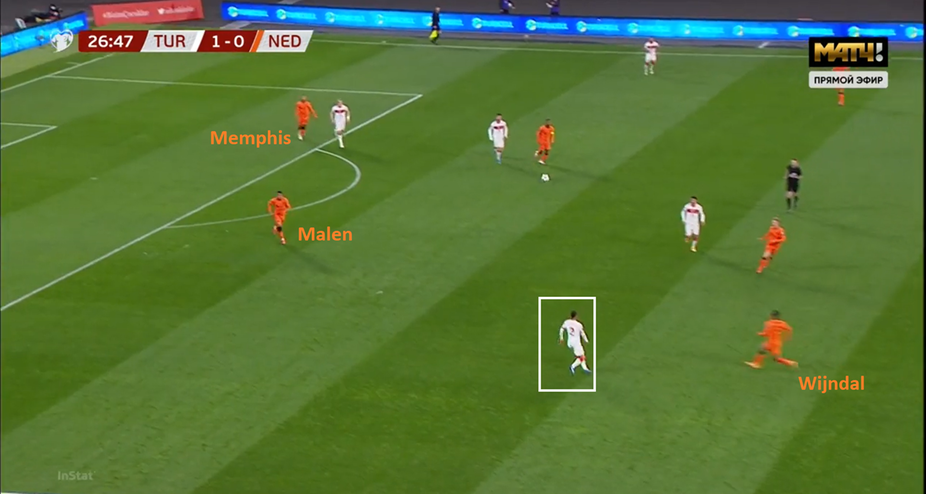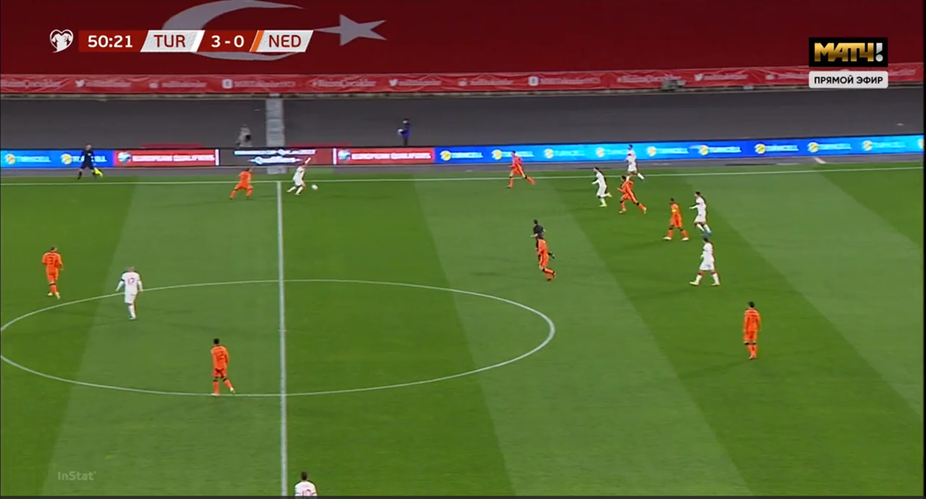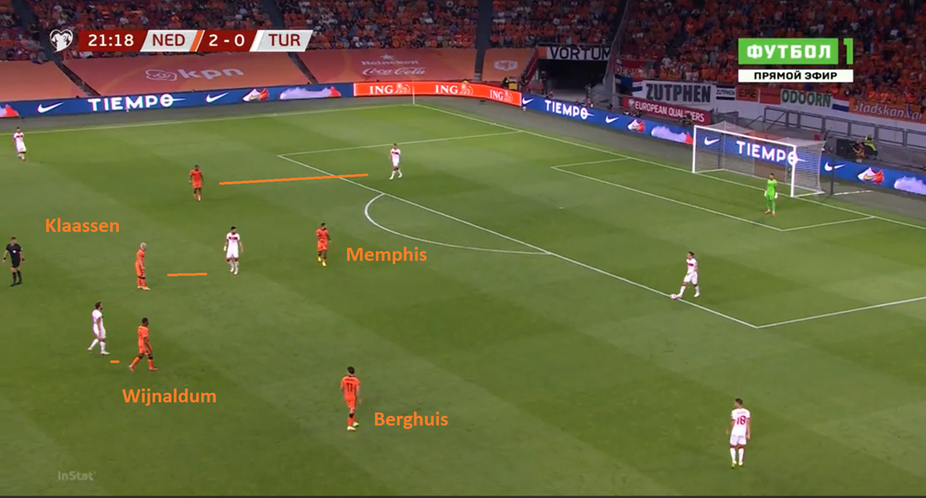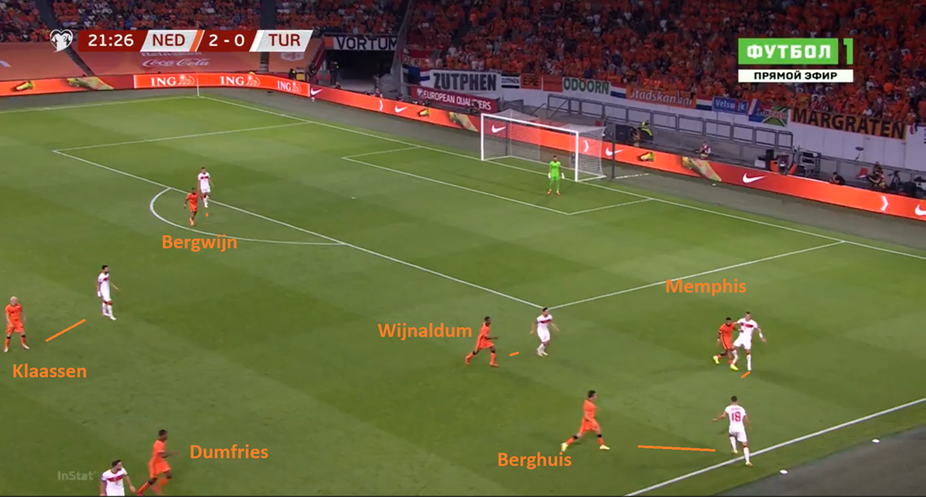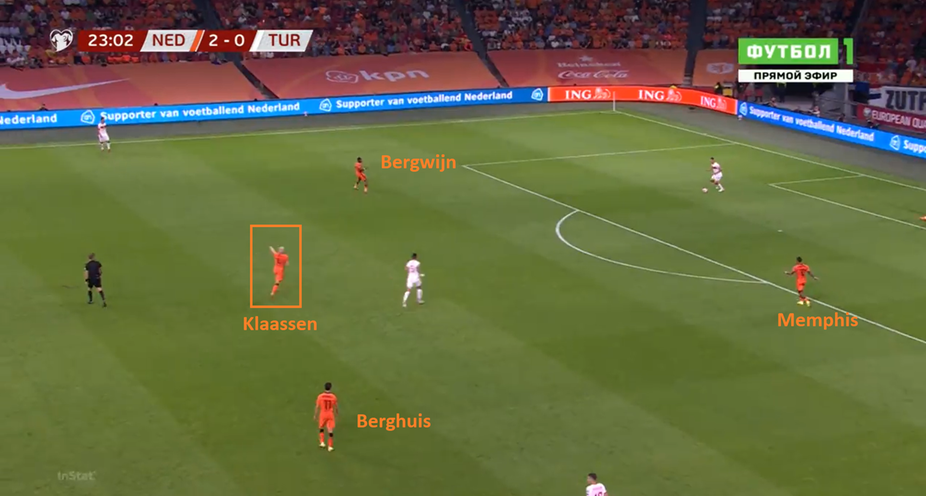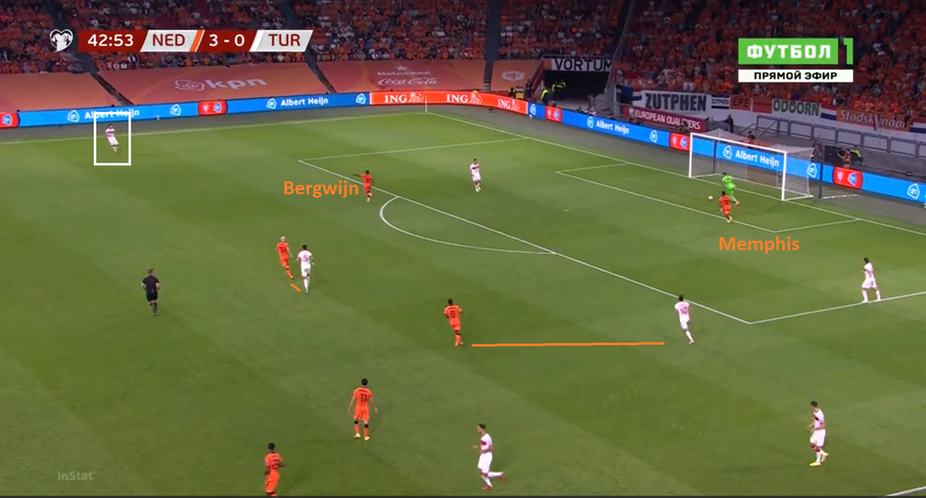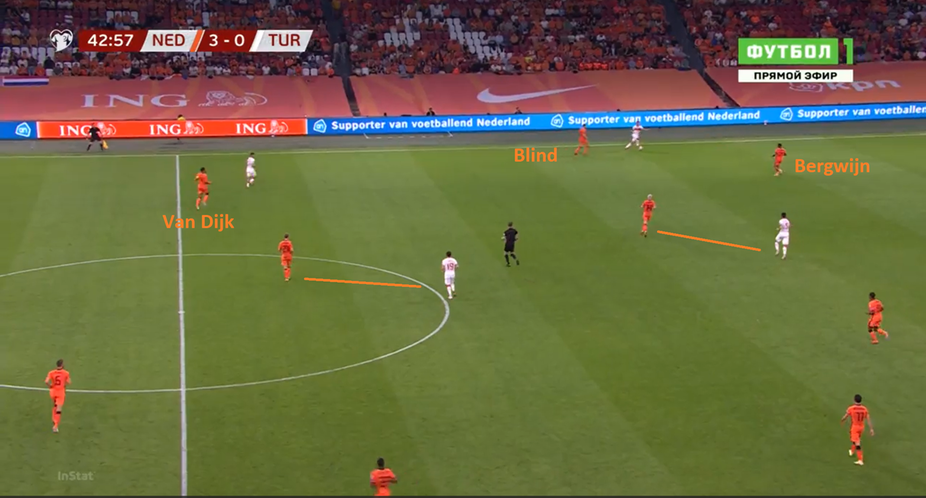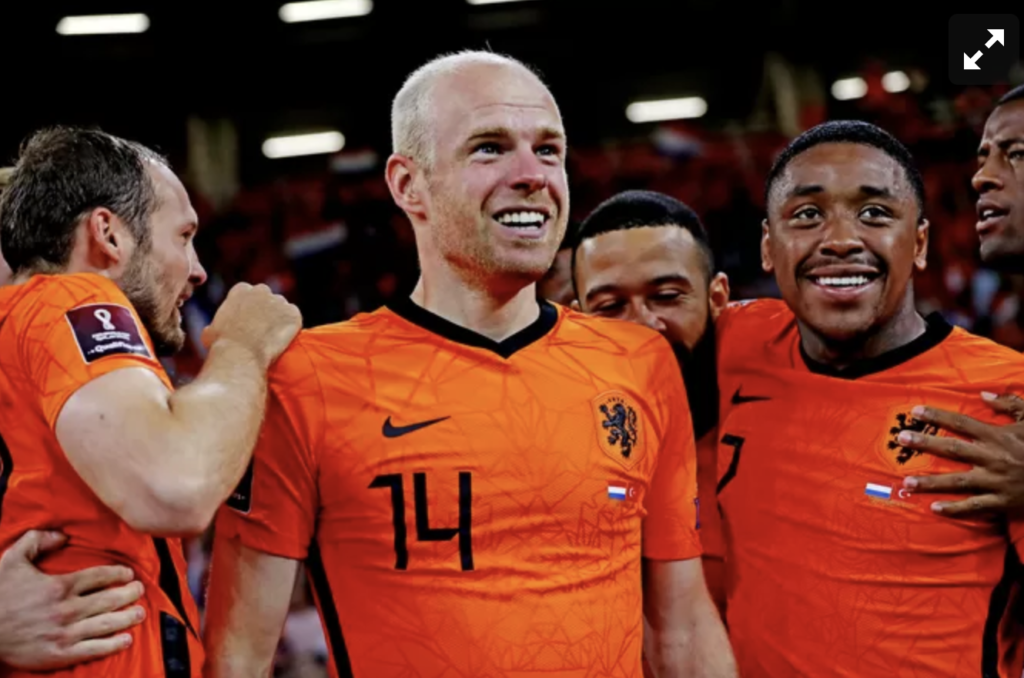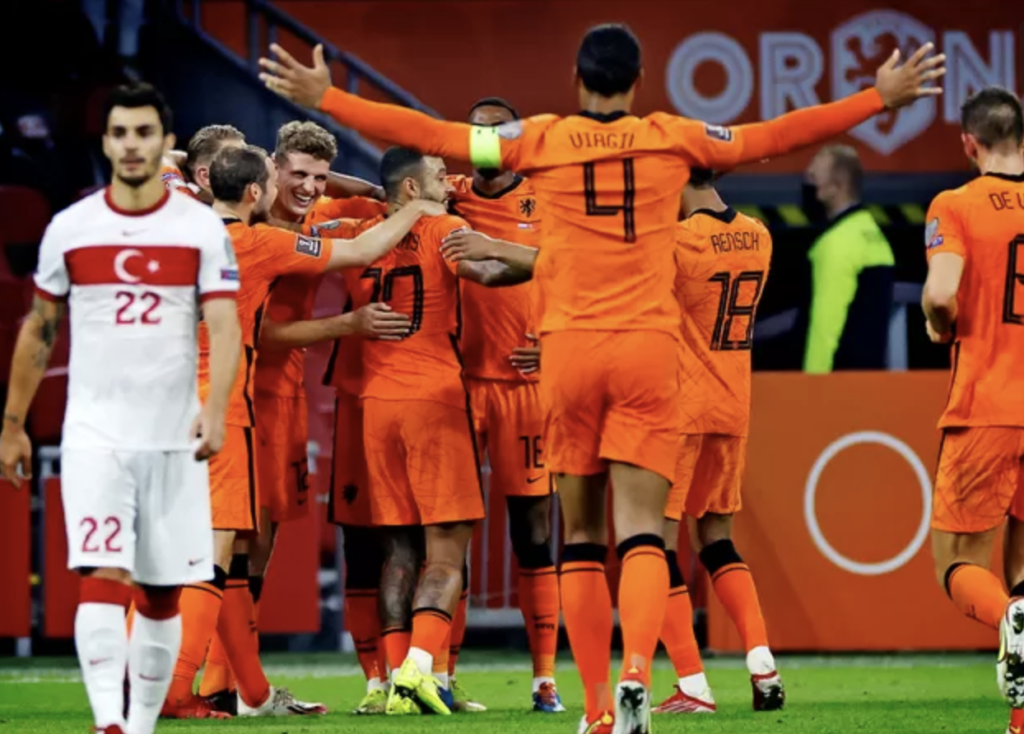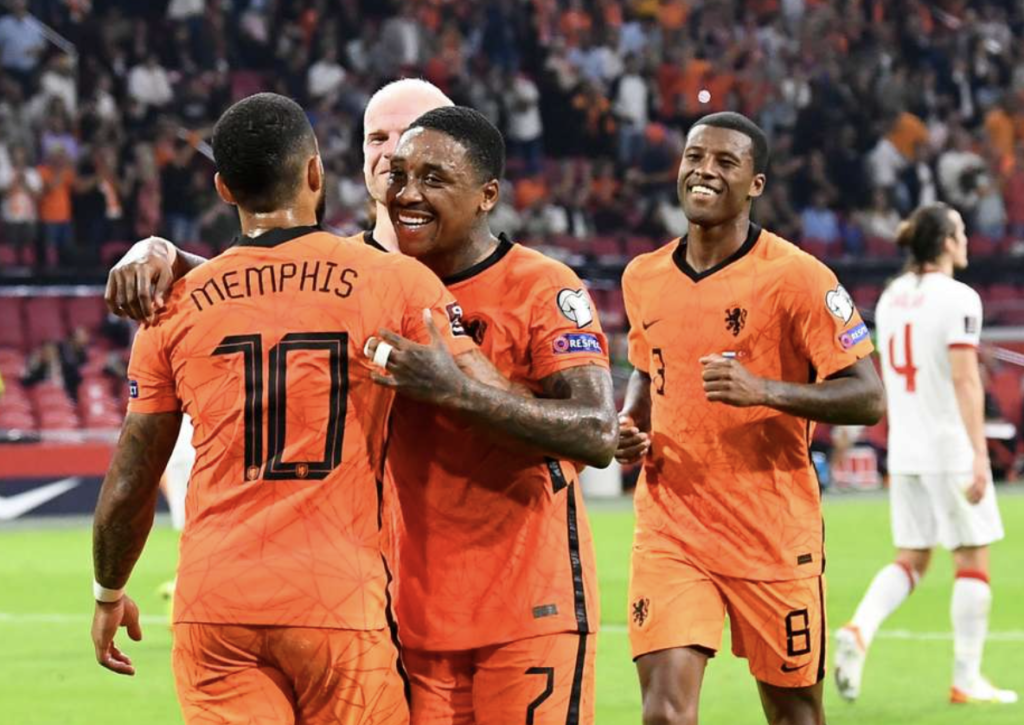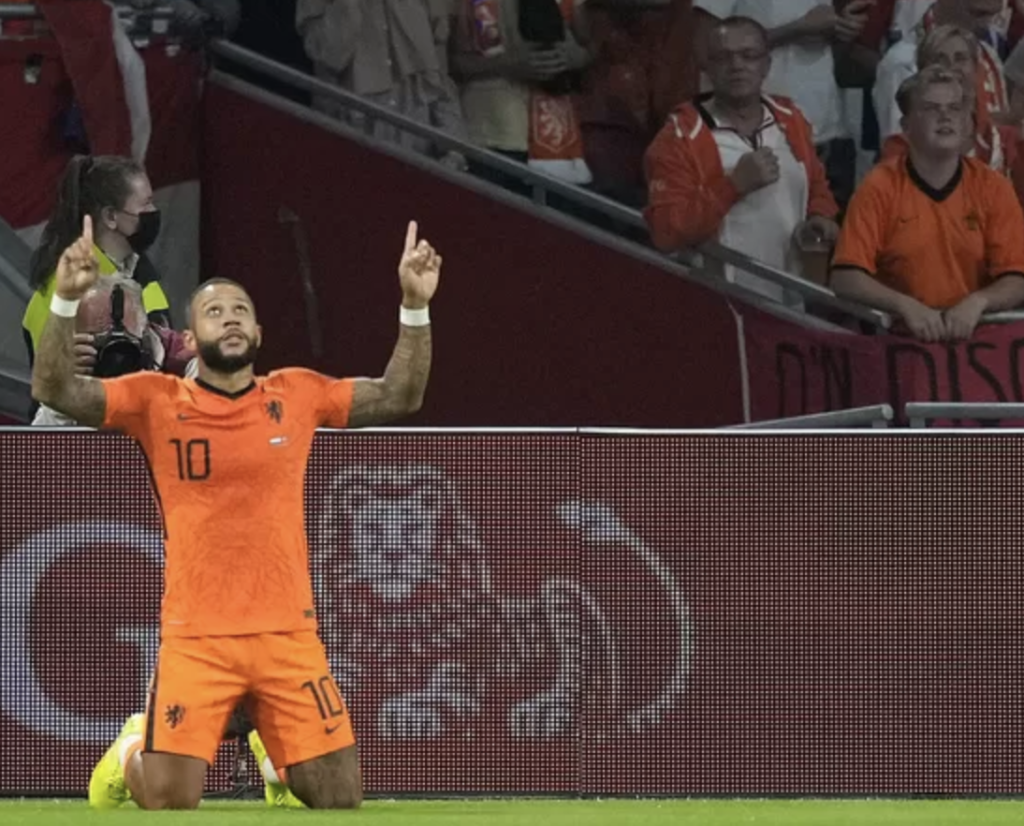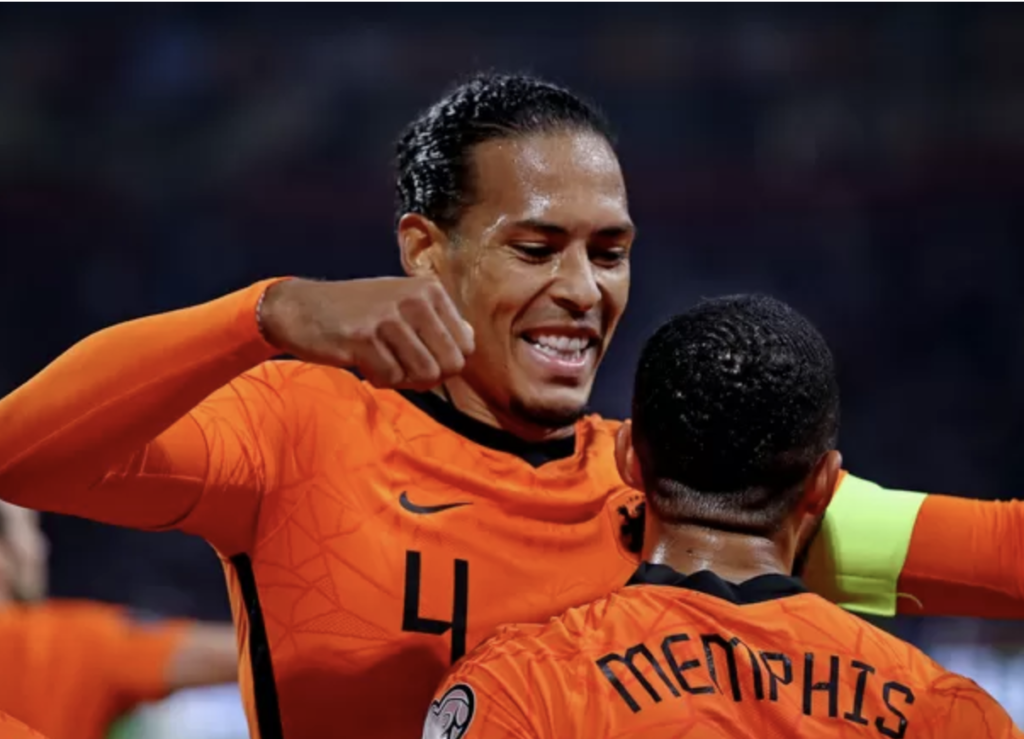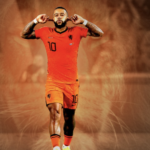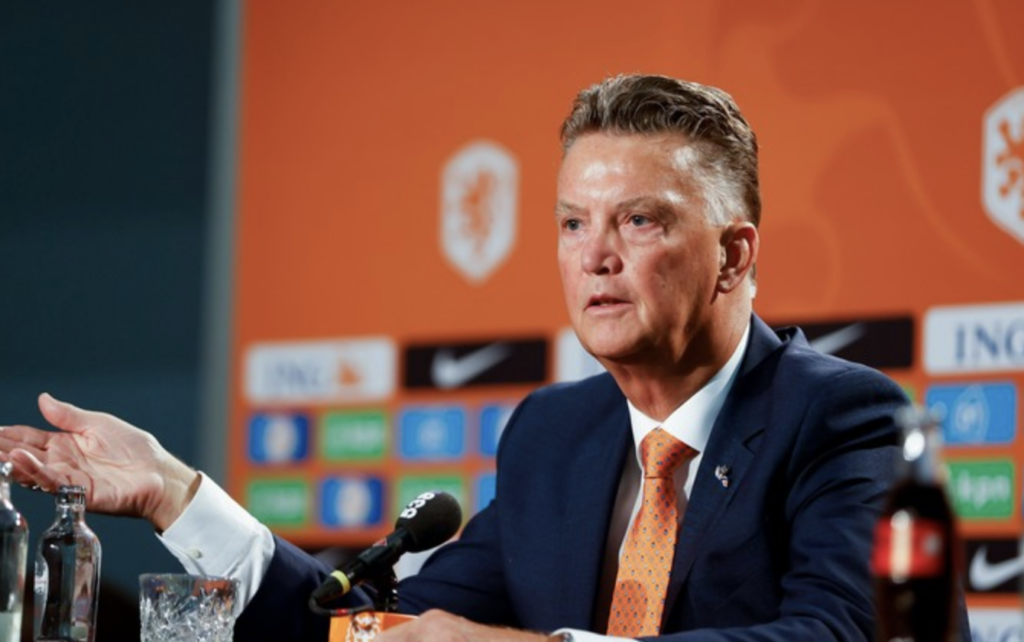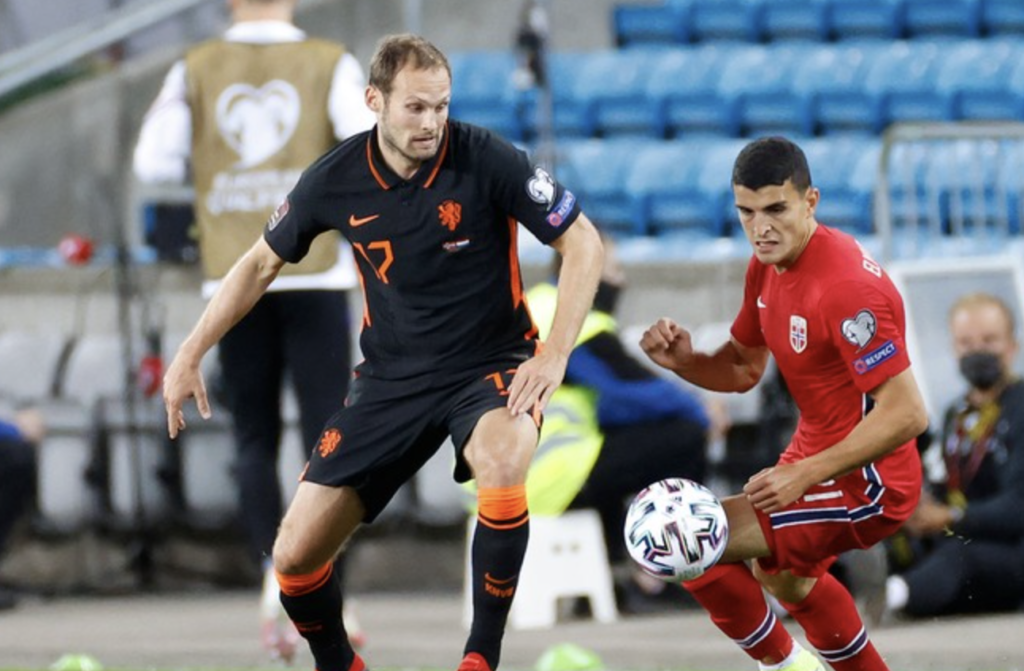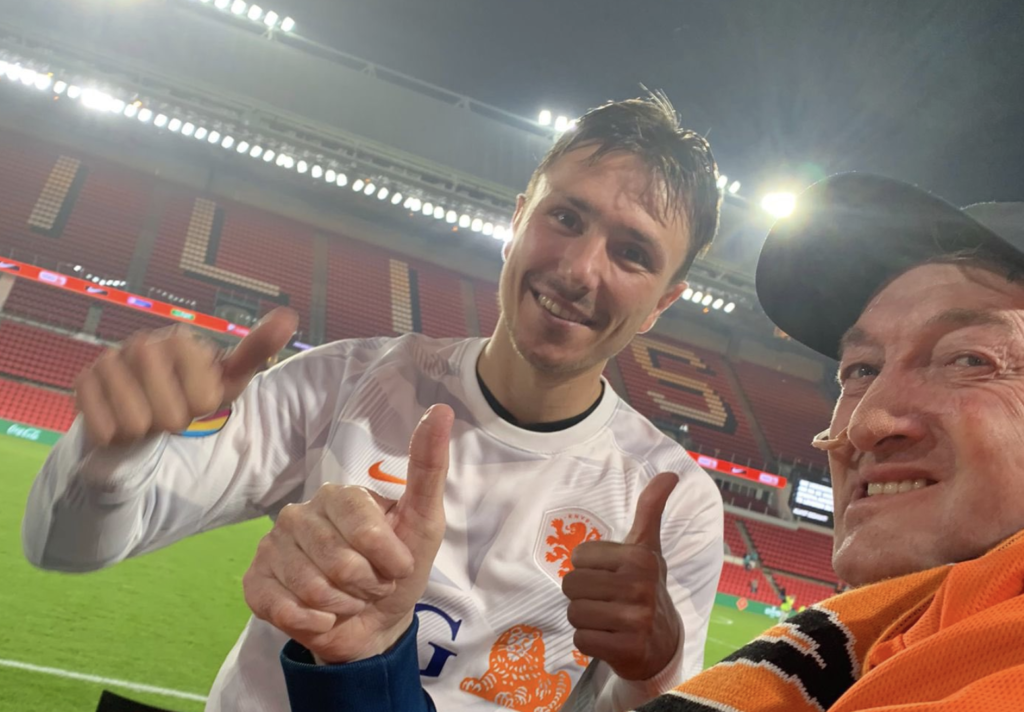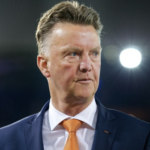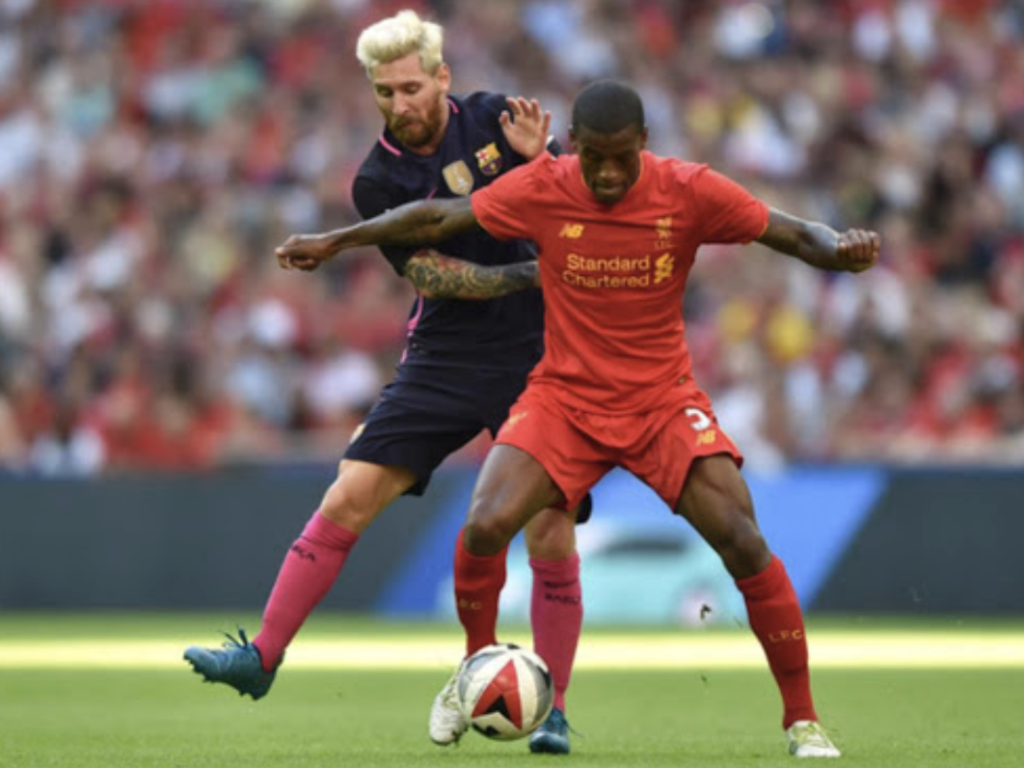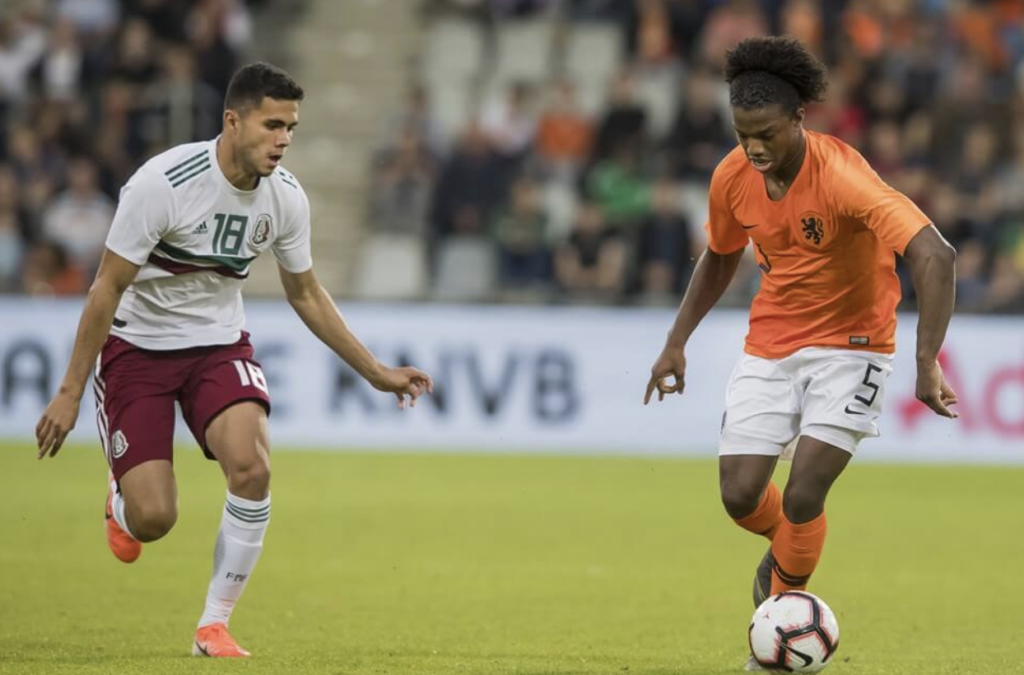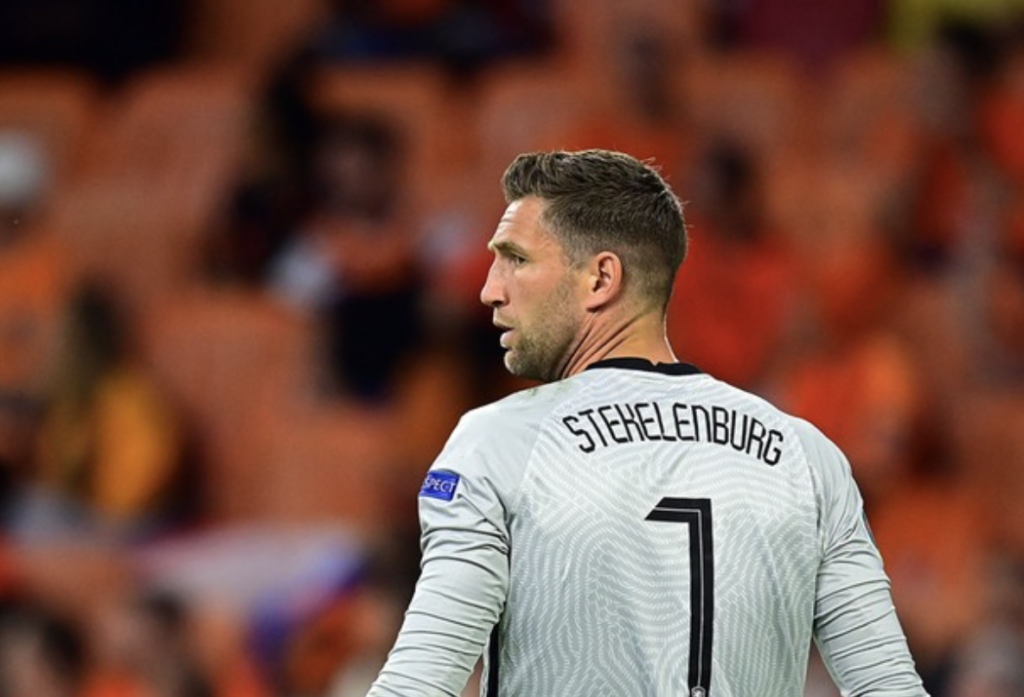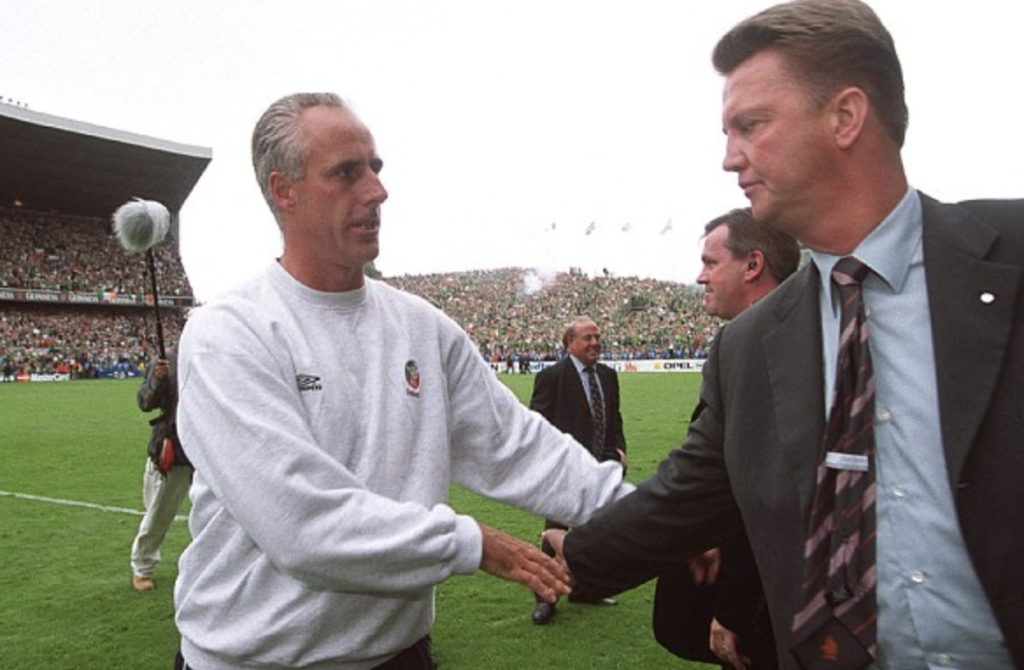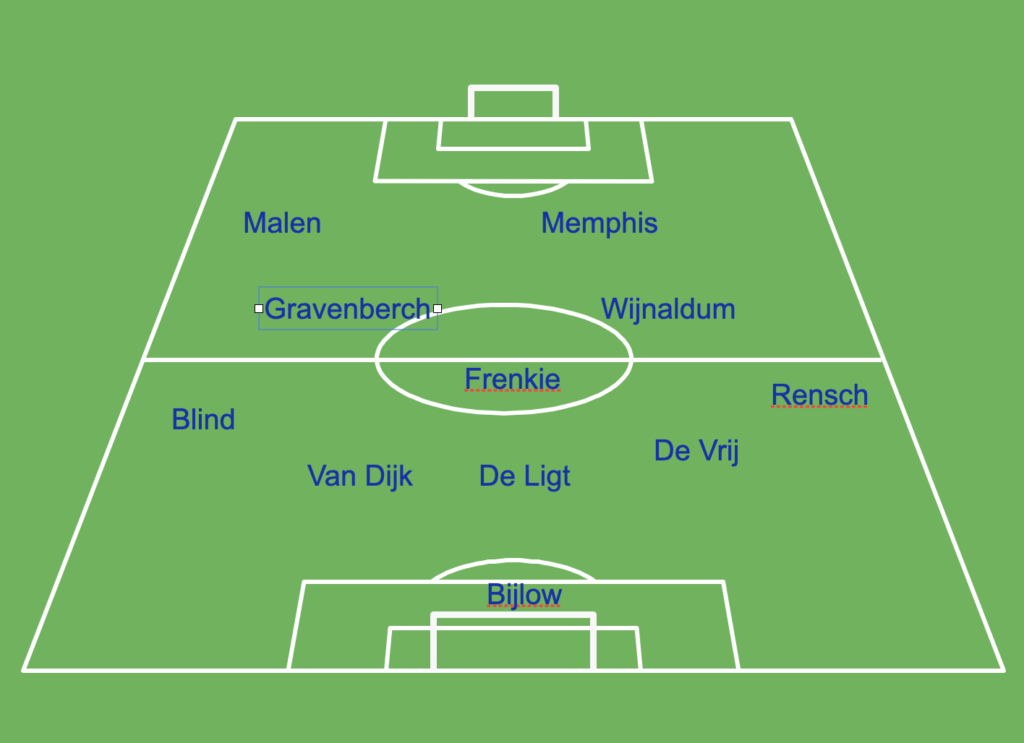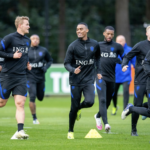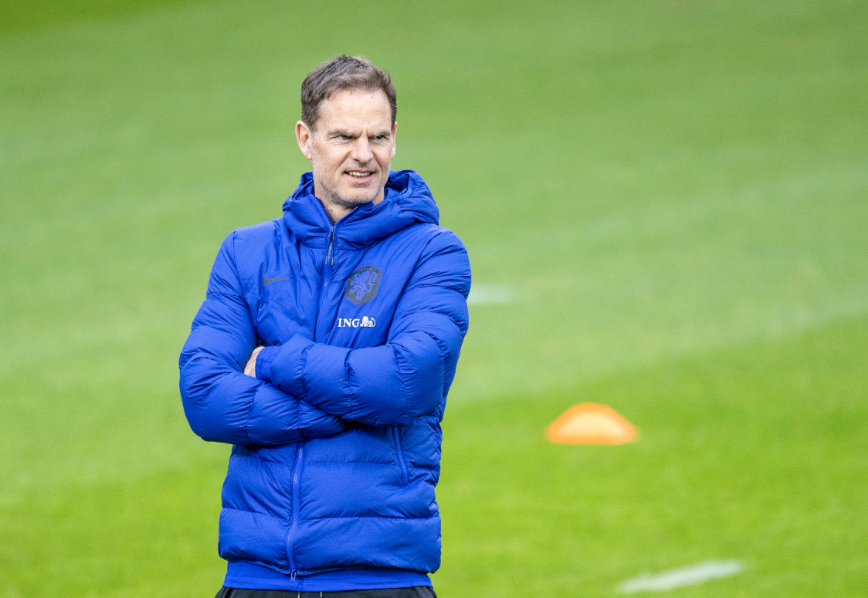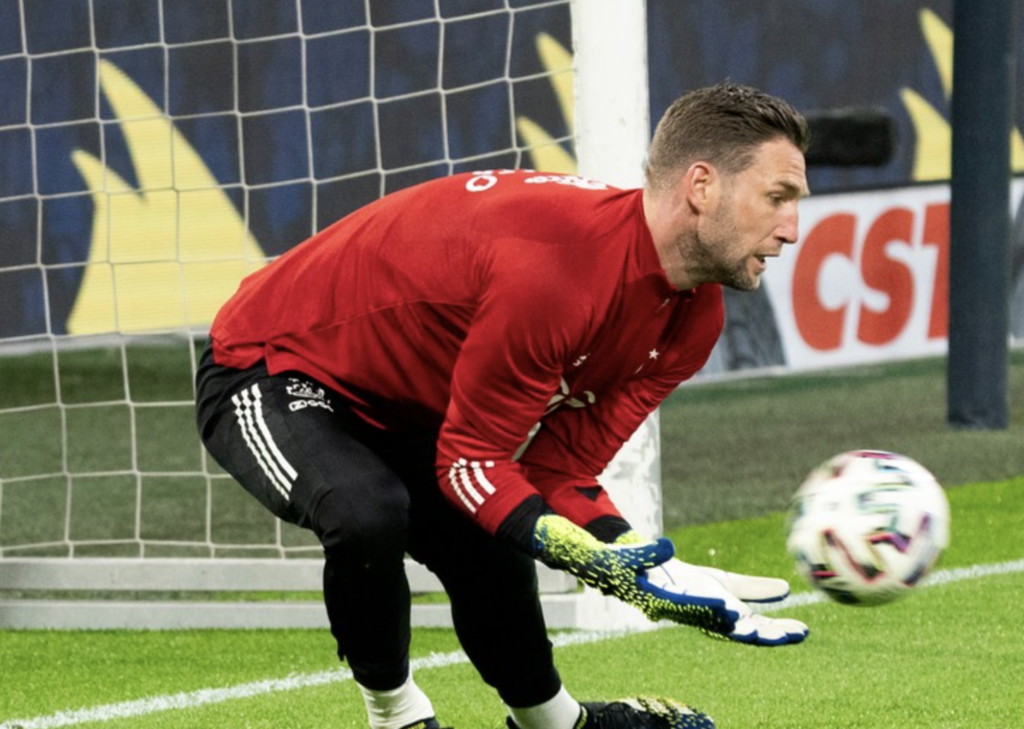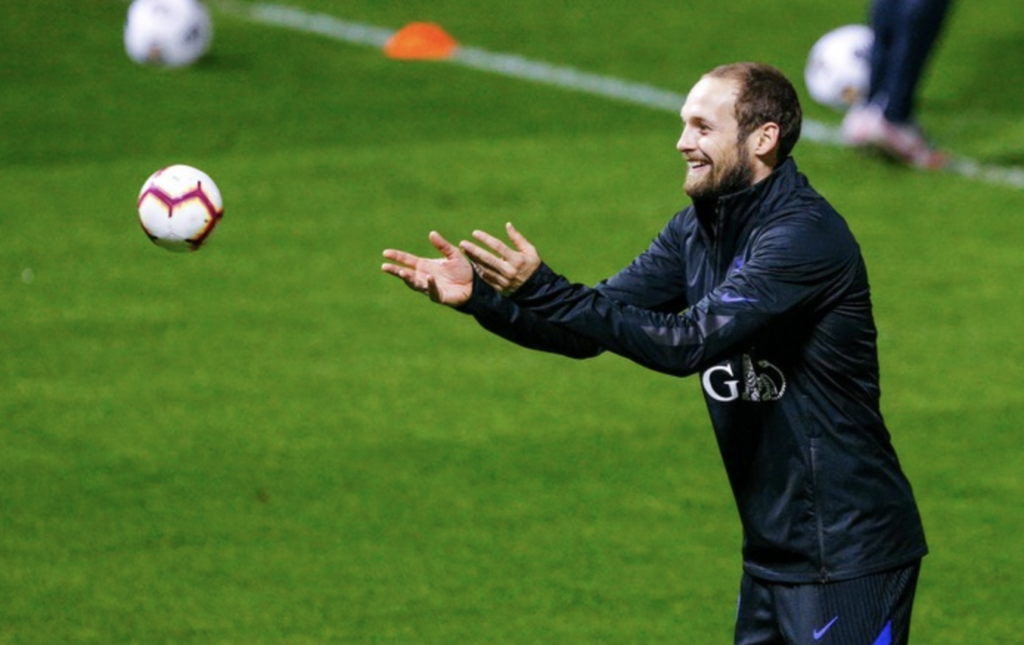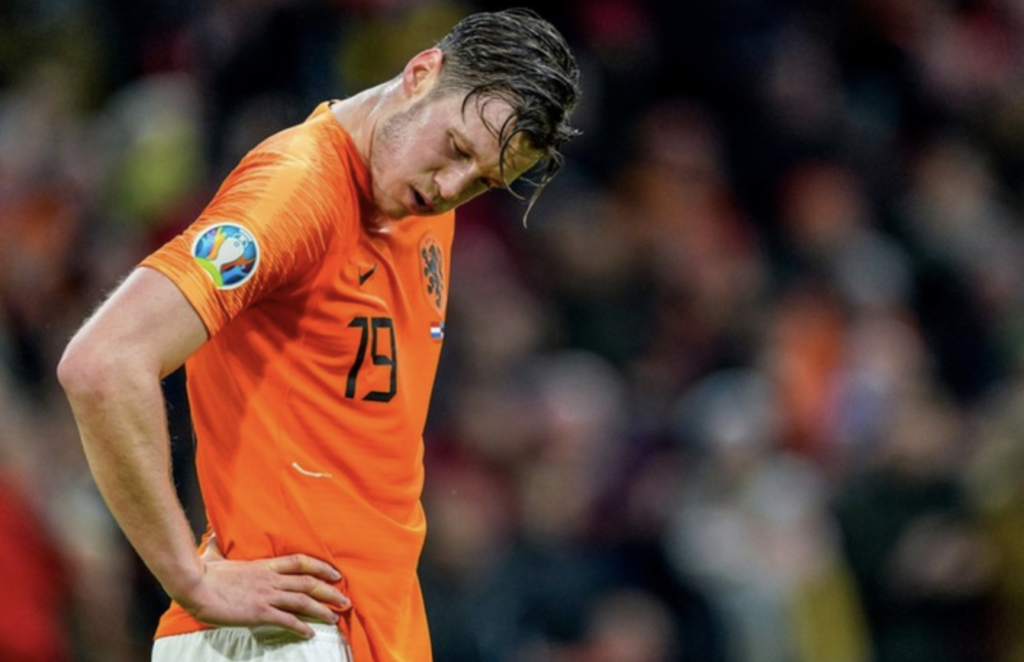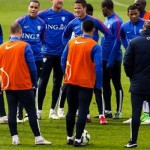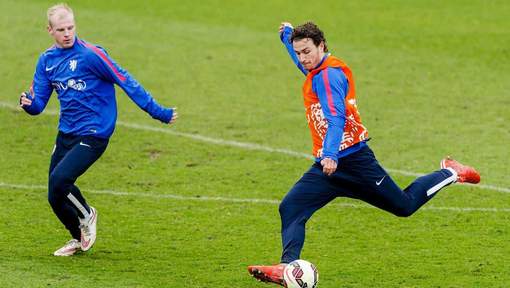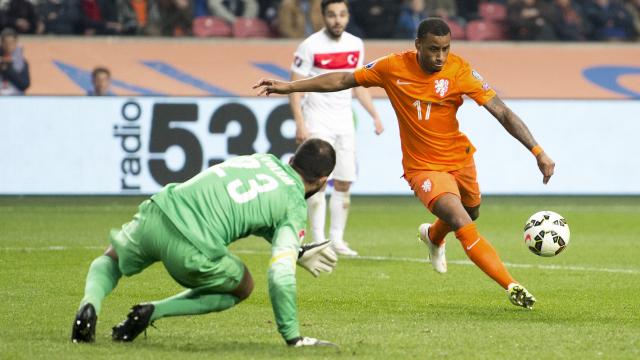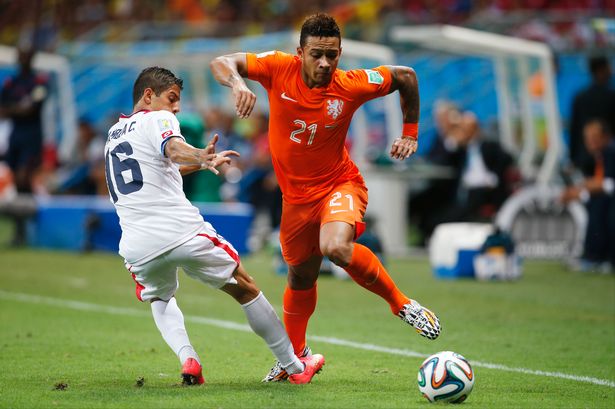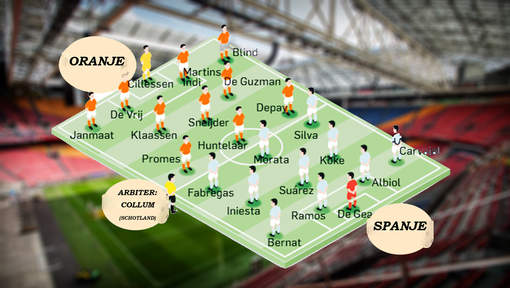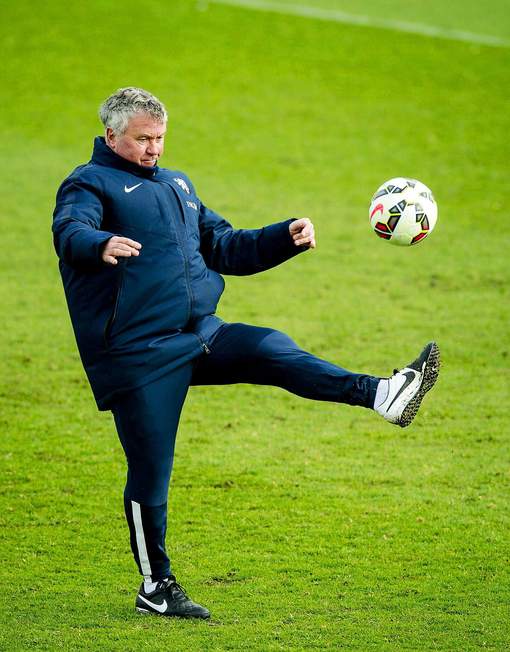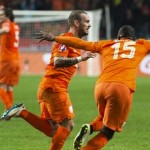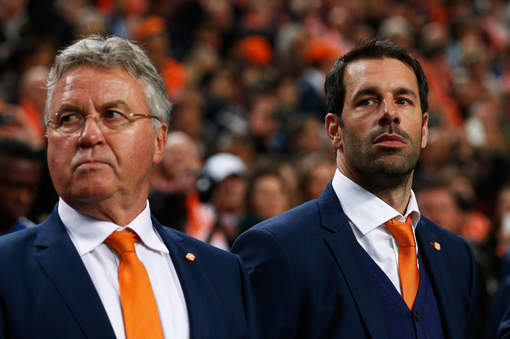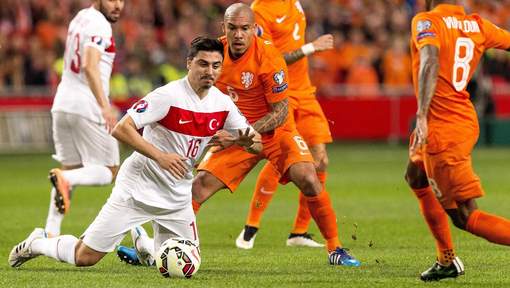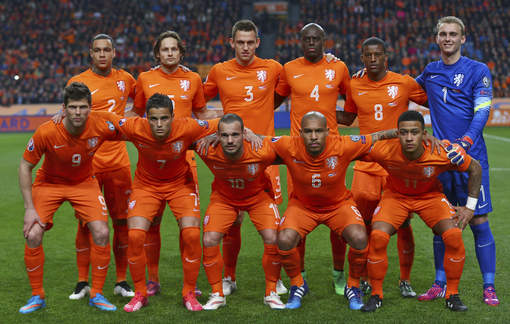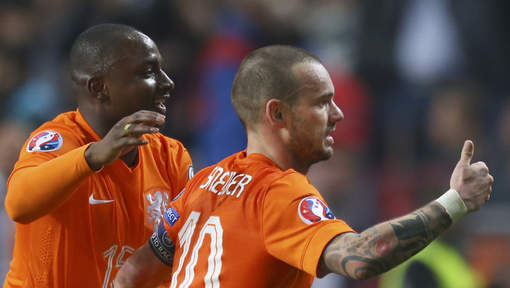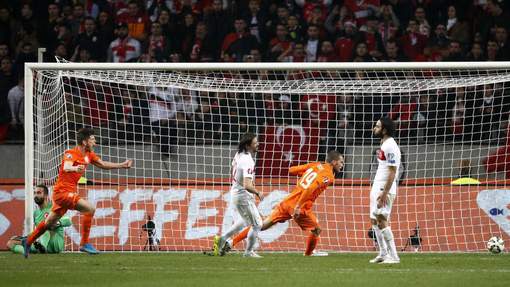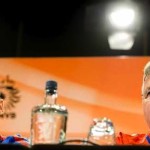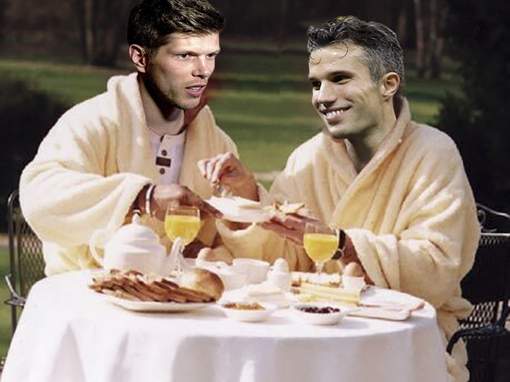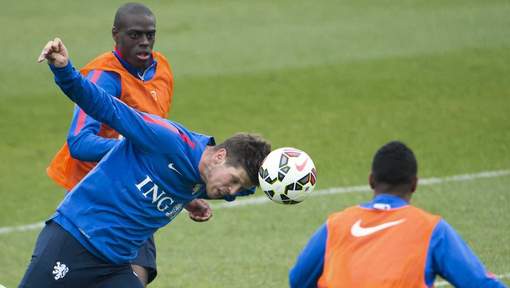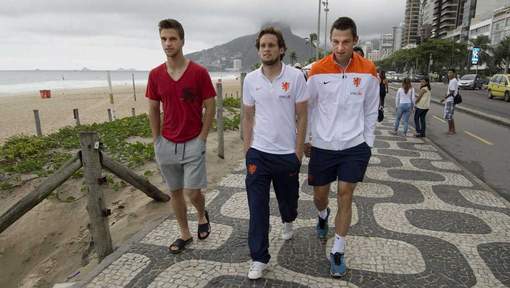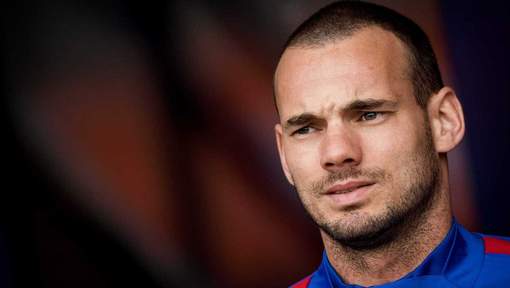At some point, you stop worrying about the how and just want to celebrate the result. The first semi finals since 2004, when Portugal defeated us in the semi finals. A great comeback – the first since the 3-2 win over France in 2000 – and it’s always good to win a game when you don’t play great.
Oranje’s start was pretty good. Turkey played with 5 at the back and in the first 10 to 15 minutes, our “box” in midfield performed really well. Xavi found space in between the lines, Memphis was threatening and Schouten penetrated well on the right hand side.
Memphis had the first chance in the first or second minute and with a bit more balance and luck, he could well have scored the first for us.
But Holland can’t repeat the positioning game we played versus Romania. The main issue is the lack of patience. We try to make every touch count and the somewhat erratic play went against us. Sloppy touches, wrong decisions and on top a tactical change by the Turkey coach and as a result, our dominant midfield…well… disappeared.
This image from the 8th minute shows the triangles we should be using more often.

Turkey does what it has to do to avoid the Dutch press, by playing long opportunistic balls towards their speedy forwards. As a result, De Vrij stays hanging deep a bit and this means Schouten is forced to move to the right to create space and as such abandons the box concept. De Vrij is too static and we can see Virgil gesticulating to him at times to move forward more.
This is an image from late in the first half (Turkey is leading) and Turkey forces us to one side and tries to suffocate us there, stopping our flowing build up. It is during the stage in the game when Oranje loses grip on midfield that Turkey scores and we make a series of errors leading up to the goal.

For some reason, Dumfries allows the ball to go out of play, resulting in a corner kick. When Guler has the chance to bring a cross in, several things go wrong: Dumfries is not aligned with the defence and he puts the goal scorer on side. It’s Simons and Ake’s job to block the cross but they lack the aggression and allow the cross in. And to add to this, the rest of the defenders are all ball watching and “forget” the three Turks at the far post. I also think Verbruggen could have done better there.

Koeman knows he has to respons and takes a page from the Austrian text book, when Rangnick decided to bring a typical #9, a target man. In our case: Weghorst. The not 100% fit Bergwijn makes way and Simons moves to the right, while Memphis becomes the new #10 behind Weghorst.
Still, we keep on doing things wrong. The combination Schouten / De Vrij falters and stutters, we try to find the complicated solution instead of the simple pass and our defence was too scared to press up, due to their speedy attackers. Still, we manage to get back into the game as a result of a good opportunistic attack. First it’s Memphis offering Weghorst a chance. The goalie could have let that one go in to the side netting, but he touched the ball, so it become a corner. Schouten and Memphis take it short and the club-less talisman puts the ball with feeling onto the head of De Vrij: 1-1. A symbolic assist for Weghorst for blocking the defender.

Montella’s Men do lose their head a bit after the equaliser. Their defenders start to trickle back, and their wingers leave their position, making the spaces wider for us. Koeman immediately responds by bringing speed in Van der Ven and guile by bringing Veerman.
Some good play between Veerman and Weghorst brings the ball to the right flank, which is abandoned by Kadioglu, who had a top game again, by the way. Dumfries hits the ball low and it’s Gakpo ghosting in from the left to surprise the Turkish defender: 2-1 (goal attributed to Muldur).
The 2-1 is the sign for Turkey to throw everything at Oranje. Several top blocks by defenders (Van der Ven, Schouten and even Weghorst) save the day and Bart Verbruggen had a top save right at the death to secure the win for us.

The Turkish left flank offers us problems so Koeman brought Frimpong to fix that side of the pitch and Zirkzee – in his debut – to keep the ball a bit longer – in stead of Memphis.
We can conclude that Oranje got a bit lucky and needed fixing by Koeman to get the win. It’s the Austrian Opportunistic Target Man approach that got us the win, and not the famed positioning game. As a result, we don’t really have a foundation to build on for the England game. And luckily for us, neither have England.
Despite the less that great execution of the plan, I do think the core of this Dutch team will need to start versus England.
I don’t believe making wholesale changes will help much. Expect the same back four and the same goalie.
I also think Schouten and Reijnders will start, but i wouldn’t be surprised to see Weghorst from the start.
He will make war, he will keep 2 or 3 defenders busy and he will be a nice target man for Memphis to play off of.
For me, Xavi and Memphis are not compatible as #10 and #9. Memphis needs a runner behind him to find the space he abandons. Xavi is a “ball to feet” player. Weghorst deep and Memphis circling him will be more effective.

The question was and will be: who will be our right winger? Malen will be less useful as I don’t see England playing high up the pitch. I think it will be Xavi, Bergwijn or Frimpong.
Now we have two classic semis to watch, with the four strongers European teams at the kick off. Any team can beat the other team. Who knows?
I think Verbruggen and De Vrij were the top performers for us (despite de Vrij’s limited build up play against the Turks). I found Virgil wanting in some situations, a bit too easy, to lacksydaisical (?). Schouten was fine, Reijnders a bit more anonymous. Memphis in the #9 role was again disappointing with lots of loss of possession but showing class as the #10. I thought Xavi was wasteful, at times looking too much for the complicated pass. Gakpo had his moments during the game and did get “his” goal. And Weghorst did exactly what he needed to do. We can’t ask more from him.







